How to Prepare for Forehead Contouring in Gangnam | Guide
--in-Gangnam.png)
Let's talk about foreheads. It’s one of those features we don't really think about until we... well, until we *do*. Maybe you feel your forehead is a bit too flat, or too prominent, or you have a high hairline that you're always trying to manage with your hairstyle. It’s that thing that just… bugs you, right? And you’ve heard about contouring, but makeup can only do so much. That's when you start looking into other options and, inevitably, you land on Gangnam.
Gangnam, Seoul isn't just a song; it's pretty much the global capital for aesthetic procedures, especially facial balancing. They are *masters* at this. But once you start looking, you're flooded with terms: surgical, non-surgical, fillers, implants, bone shaving, hairline lowering. It's overwhelming. So, how do you even begin to choose what’s right for you? Honestly, this is where things get really personal. Let’s break down the "how-to" of making this big decision.
First Off, What Are We *Really* Talking About?
Forehead contouring isn't just about wrinkles. Wrinkles are a skin-deep issue, mostly handled by Botox and lasers. Forehead *contouring* is about the actual *shape* and *structure* of the upper third of your face. It’s about creating facial harmony. In Gangnam, surgeons look at the face as a whole. Does your forehead balance with your nose? Your chin? Does it create a smooth, pleasant "S-curve" from the side profile?
Your "problem" dictates the solution. A flat forehead that needs volume is a totally different issue than a prominent bony brow ridge that needs reduction. This is the absolute first thing you need to get clear on. And this is why the "surgical vs. non-surgical" debate is so central. One is for soft tissue and volume, the other is for bone and structure. You can't fix a bone problem with a needle, and you don't (usually) need surgery for a volume problem.
Step 1: Understand the Surgical "Permanent Fix" Options
This is the heavy-hitter category. Surgical forehead contouring in Gangnam involves physically changing the structure of your forehead. It’s for permanent, often dramatic, results. This is what you look into when your underlying bone structure is the issue. It's a bigger deal, longer recovery, but the results don't fade in 12 months. Here’s what’s on the table.
Type 1: Forehead Augmentation (Implants or Bone Cement)
Who is this for? This is for you if your primary complaint is a *flat*, *recessed*, or *sloped* forehead. You want more volume, a rounder, softer, more feminine shape. You just don't have the natural projection.
How it works: This is where Gangnam's tech really shines. Surgeons will almost always do a 3D-CT scan of your skull. Based on this, they either create a 100% custom-fit silicone implant (prosthesis) or, in some cases, use a medical-grade "bone cement" (PMMA) that is sculpted directly onto the bone during surgery to create the perfect shape. The incision is usually hidden way back in your hairline. The results are permanent and look incredibly natural because they're literally part of your skull's new shape.
Heads-up: It’s surgery. You’re looking at general anesthesia, a few hours in the OR, and a recovery period. Swelling is real, and you'll have a compression bandage for a bit. But the change? It can be genuinely life-changing for your profile.
Type 2: Forehead Reduction (Hairline Lowering)
Who is this for? This is *not* about the shape, but the *size*. This procedure is for people who feel they have a high forehead or a high hairline. The goal is to shorten the vertical distance between your eyebrows and where your hair starts.
How it works: This is pretty clever, actually. The surgeon makes an incision right *along* your hairline (a special wavy incision so the scar heals almost invisibly). They then gently loosen and pull the entire scalp forward, like... well, like pulling a rug. They remove the excess forehead skin and suture the hairline into its new, lower position. Some clinics in Korea combine this with hair transplants for an even more natural-looking hairline, but the core procedure is the "scalp advancement."
Heads-up: Scalp elasticity is key. Your surgeon will check this. Recovery involves stitches at the hairline, and there will be swelling and some temporary numbness. But you can shorten your forehead by a significant amount, permanently.
Type 3: Brow Bone Reduction (Forehead Shaving)
Who is this for? This is for anyone who feels they have a prominent, heavy, or "Neanderthal-ish" brow ridge. It’s very common in facial feminization surgery (FFS) but also for anyone who just wants a softer, less "harsh" look around the eyes.
How it works: The surgeon makes an incision, usually in the hairline or sometimes in the upper eyelid crease (though hairline is more common for a full contour). They then access the brow bone and, using a special surgical burr, literally *shave down* the prominent bone. If the frontal sinus (the air pocket behind that bone) is large, they may need to do something called a "Type 3" setback, which is more complex but standard for experienced Gangnam surgeons. This smooths out the entire area, making the eyes appear more open and the forehead softer.
Heads-up: This is real bone work. Recovery is similar to augmentation—expect swelling and bruising (hello, temporary black eyes). But this is the *only* way to fix a prominent brow bone. Period.
And... Fat Grafting
I'll pop this here. It's *technically* surgical, as it involves liposuction (usually from your tummy or thighs) to get the fat. That fat is then purified and injected into the forehead for volume. It’s less predictable than an implant (some fat won't "take") and may require a couple of sessions, but it's 100% *you*. It's a great middle-ground for people who want a permanent, natural-looking volume boost but are hesitant about a solid implant.
Step 2: Explore the Non-Surgical "Minimal Downtime" Options
Okay, so what if surgery sounds way too intense? What if your issue is more about *slight* hollowness, or you just want to "try on" a look without committing? This is where the non-surgical route, which Gangnam clinics are also famous for, comes in. These are "lunchtime" procedures.
Type 1: Dermal Fillers (Hyaluronic Acid)
Who is this for? This is the #1 non-surgical choice for contouring. It’s for people with a slightly flat forehead, or a small hollow (like between the brows), who want to create a rounder, smoother, "egg-shaped" contour. It’s all about adding *volume* in a very precise way.
How it works: A doctor injects a hyaluronic acid (HA) filler—the same stuff used for lips and cheeks—into specific layers of the forehead tissue to build up the area. They sculpt it as they go. You see the results *immediately*. You walk in, get some numbing cream, the procedure takes maybe 20-30 minutes, and you walk out. You might have a little swelling or pin-prick bruising, but that's it.
Heads-up (This is a big one): The results are temporary, lasting anywhere from 12 to 18 months. You have to keep it up. But the *most* important thing is safety. The forehead is a high-risk area for fillers due to the blood vessels. An inexperienced injector can cause serious complications, including vascular occlusion (which can lead to blindness). This is *not* the procedure you get at a discount spa. You *must* go to a highly-skilled, board-certified dermatologist or plastic surgeon who understands facial anatomy. This is a huge benefit of Gangnam—the doctors there do these procedures all day, every day.
Type 2: Thread Lifts and Botox
Who is this for? Honestly? These are more *complementary* than true *contouring* procedures. A thread lift can give your brows a little "lift," which changes the upper face, but it's not adding shape to the forehead bone. Botox is amazing for smoothing *dynamic wrinkles* (the lines you make when you raise your eyebrows), but it doesn't change the *shape* of a flat forehead. A doctor might suggest a little Botox *with* your fillers to keep the muscles still so the filler lasts longer, but it's not a contouring tool on its own.
Step 3: The "How-To-Choose" Checklist
You've got the menu. Now, how to order? Ask yourself these questions.
What is my *actual* problem: Bone or Volume?
Be honest. Look in the mirror from the side. Is your brow bone itself too strong? (That's bone -> surgical). Is your forehead flat and needs to come *forward*? (That's volume -> surgical implant or non-surgical fillers). Is your hairline too high? (That's position -> surgical reduction). This is the main question.
What's my tolerance for Downtime?
Can you *realistically* take 1-2 weeks off work to hide out and heal, feeling swollen and bruised? If yes, surgical is on the table. If you absolutely must be back in your Zoom meeting by Monday, you are a non-surgical candidate, full stop.
Am I thinking "Forever" or "For Now"?
The idea of a permanent change is scary for some and a huge relief for others. Surgical is (mostly) forever. Fillers are a 1-2 year commitment. Some people actually *like* the non-surgical route because they can "test drive" a look or adjust it as their face changes with age. Others hate the idea of needles and maintenance costs adding up forever.
What's my Budget (Upfront vs. Long-Term)?
Surgical forehead contouring in Gangnam can range from $2,500 to $10,000+ USD, depending on what you get. It's a huge one-time cost. Fillers might only be $500 - $1,000 per session. But... do that every year for 10 years, and you've paid for the surgery anyway. You have to do the math on this one.
Step 4: The Most Critical Step: The Gangnam Consultation
You can't do this alone. You *will not* know the right answer until you are sitting in front of a specialist. This is the single most important part of your "how-to" journey.
This is why people fly to Gangnam. The top clinics won't just look at your selfie. They will take you for a 3D-CT scan. They will *show you your own skull* on a screen. They will point to the bone, measure the angles, and then map out a plan. They'll tell you, "Fillers won't fix this, you need a brow bone reduction," or "Your bone is fine, you're a perfect candidate for fillers or a fat graft."
You need to consult with a board-certified plastic surgeon, even if you think you just want fillers. Get the *expert* opinion. Many Gangnam clinics offer online consultations for international patients, so you can start this process from home. Send your photos, talk to a coordinator, and maybe even have a video call with a doctor. They will give you the most realistic starting point.
Step 5: How to Vet Your Surgeon (Especially in Gangnam)
There are... a lot of clinics in Gangnam. It's dizzying. How do you find "the one"?
- Look for Specialists: Don't go to a "body" guy for your face. Look for surgeons who *specialize* in facial contouring, two-jaw, or facial feminization. They live and breathe facial bone structure.
- Check Before & Afters: But be specific! Don't look at their rhinoplasty photos. Look for *their* forehead contouring gallery. Do they have lots of examples? Do the results look like what you want? Do they show patients of your ethnicity? This is important.
- Verify Board Certification: This is a must, no matter where you are.
- Is there an Anesthesiologist? For any surgical procedure, you *must* ensure they have a board-certified anesthesiologist on-site full-time. This is a non-negotiable safety rule.
Frequently Asked Questions (The Stuff You're Probably Googling)
How much does forehead contouring cost in Gangnam?
It varies wildly. Non-surgical fillers can be $500 - $1,000+ per session. Surgical procedures are a much bigger investment, often starting around $3,000 for a fat graft, and going up to $10,000+ for complex implant or bone-shaving work.
Is non-surgical forehead contouring permanent?
No. Hyaluronic acid fillers (the most common type) are temporary. Your body naturally breaks them down over 12-18 months. You must go back for maintenance sessions to keep the look.
What is the recovery time for surgical forehead contouring?
Plan for at least 1-2 weeks of "social downtime." That's when the major swelling and bruising will be obvious. You can usually work from home after a few days. Stitches might come out after 7-10 days. You'll be asked to avoid strenuous exercise for at least 4-6 weeks.
Is forehead contouring surgery painful?
You are under general anesthesia, so you feel nothing during. Afterwards, patients report it's less "sharp pain" and more a feeling of "pressure," tightness, and discomfort. This is managed very well with prescribed pain medication. Non-surgical fillers just involve needle pricks and you'll have numbing cream, so discomfort is minimal.
Can fillers make my forehead look rounder?
Yes! This is exactly what they are best for. They are perfect for adding volume to a flat forehead to create that soft, round, smooth contour. This is one of the most popular uses for forehead fillers in Seoul.
What are the risks of forehead fillers?
Besides the usual swelling and bruising, the big, scary (but rare) risk is vascular occlusion. This is when filler is accidentally injected into a blood vessel, blocking it. In the forehead, this can, in worst-case scenarios, lead to skin death (necrosis) or blindness. This is why you *cannot* bargain-hunt for your injector. You must pay for an expert who knows the anatomy.
How do I choose the best surgeon in Gangnam for this?
Research, research, research. Look for specialists in facial bone work. Read reviews from international patients. Have multiple *virtual consultations* before you ever book a flight. And look for providers who listen to you, not just try to "sell" you a procedure.
Feeling Overwhelmed? You Don't Have to Do This Alone.
Choosing between a major surgery and a non-surgical tweak is a huge decision. And trying to navigate the world-class (but massive) medical system in Gangnam from thousands of miles away? That's a whole other level of stress. You don't just need a surgeon; you need a plan.
That's where PlacidWay comes in. We're not a clinic; we're your partner in this. We can help you understand your options, connect you with *vetted*, high-quality, English-speaking surgeons and clinics in Gangnam that specialize in exactly the procedure you're looking for. From getting your 3D-CT scan reviewed to scheduling consultations and understanding your quote, we help make the entire process safer and simpler.
Your journey to facial harmony is personal. Your plan should be too. Contact PlacidWay today for a free consultation and let's figure out your next step, together.


.png)

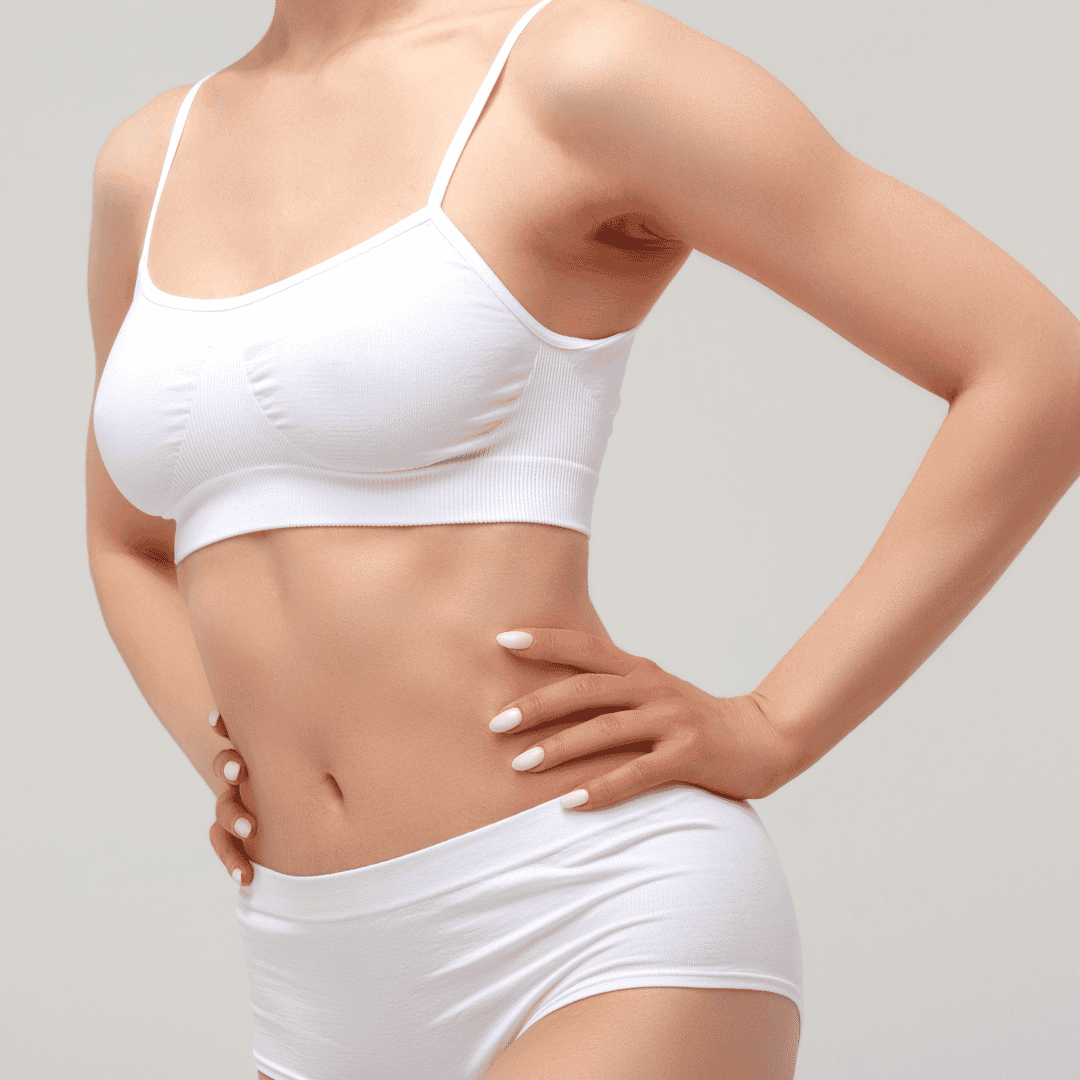





.png)
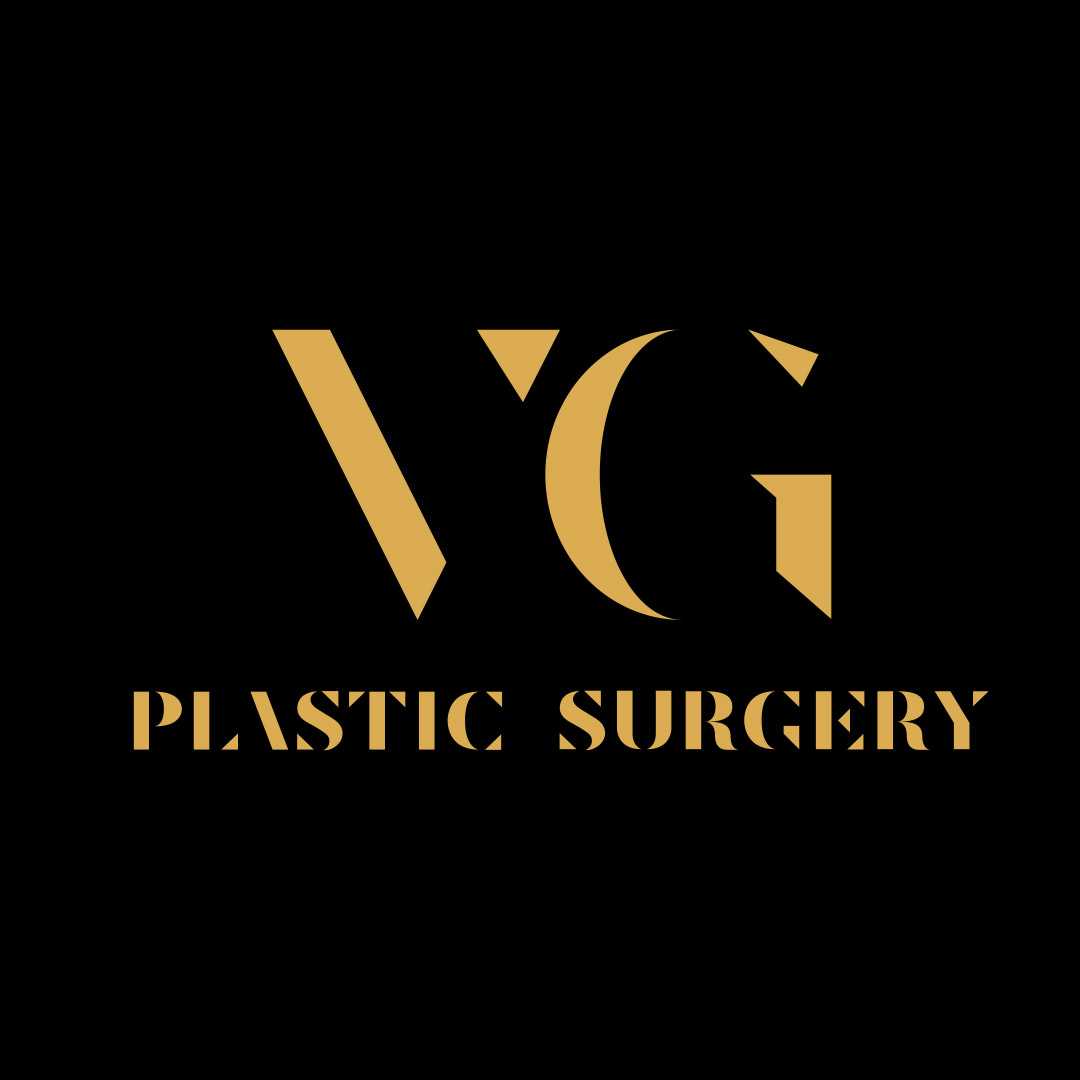

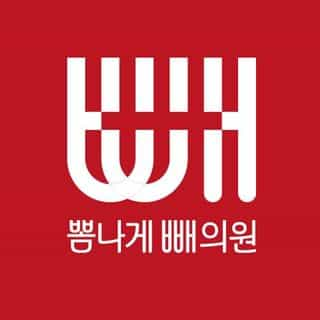
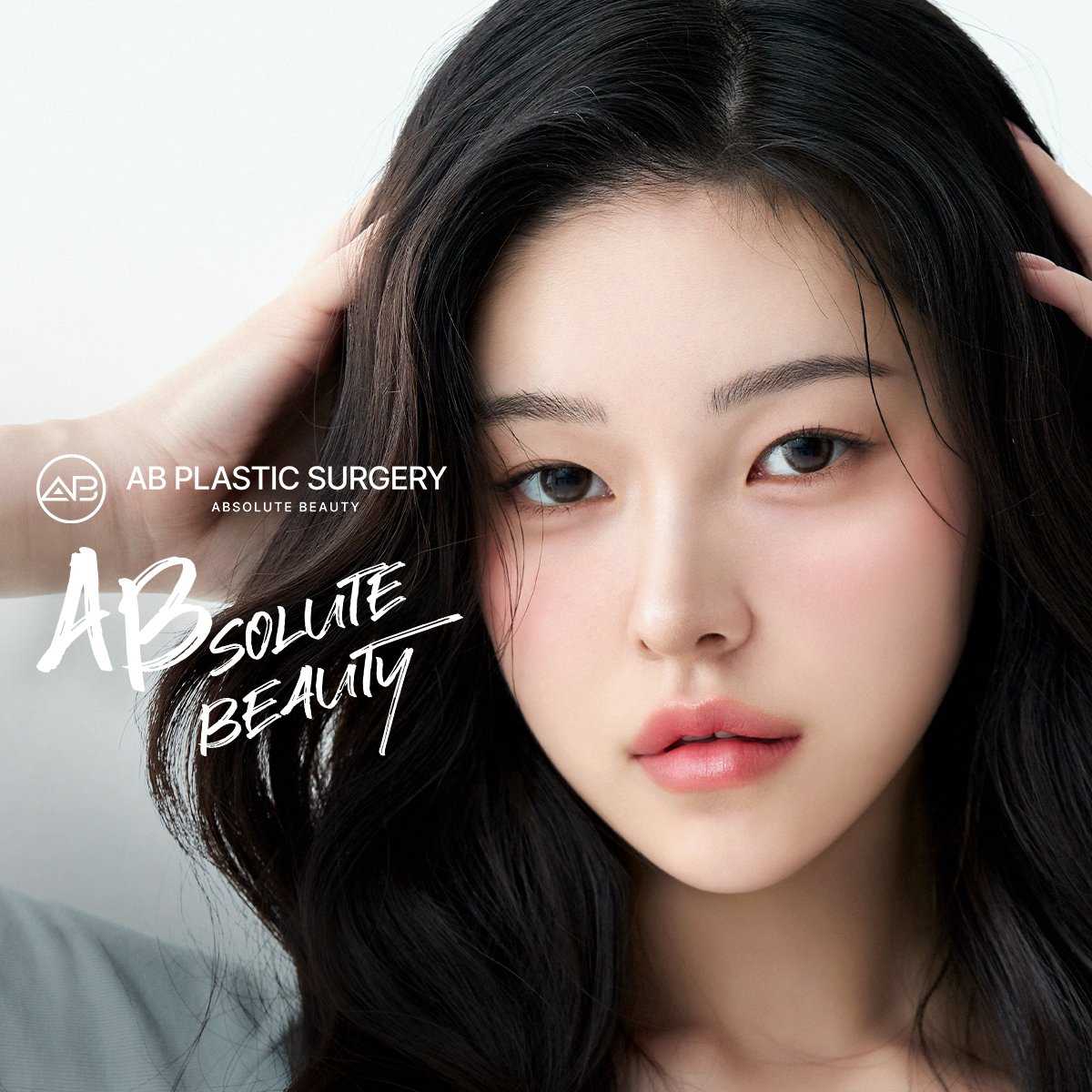
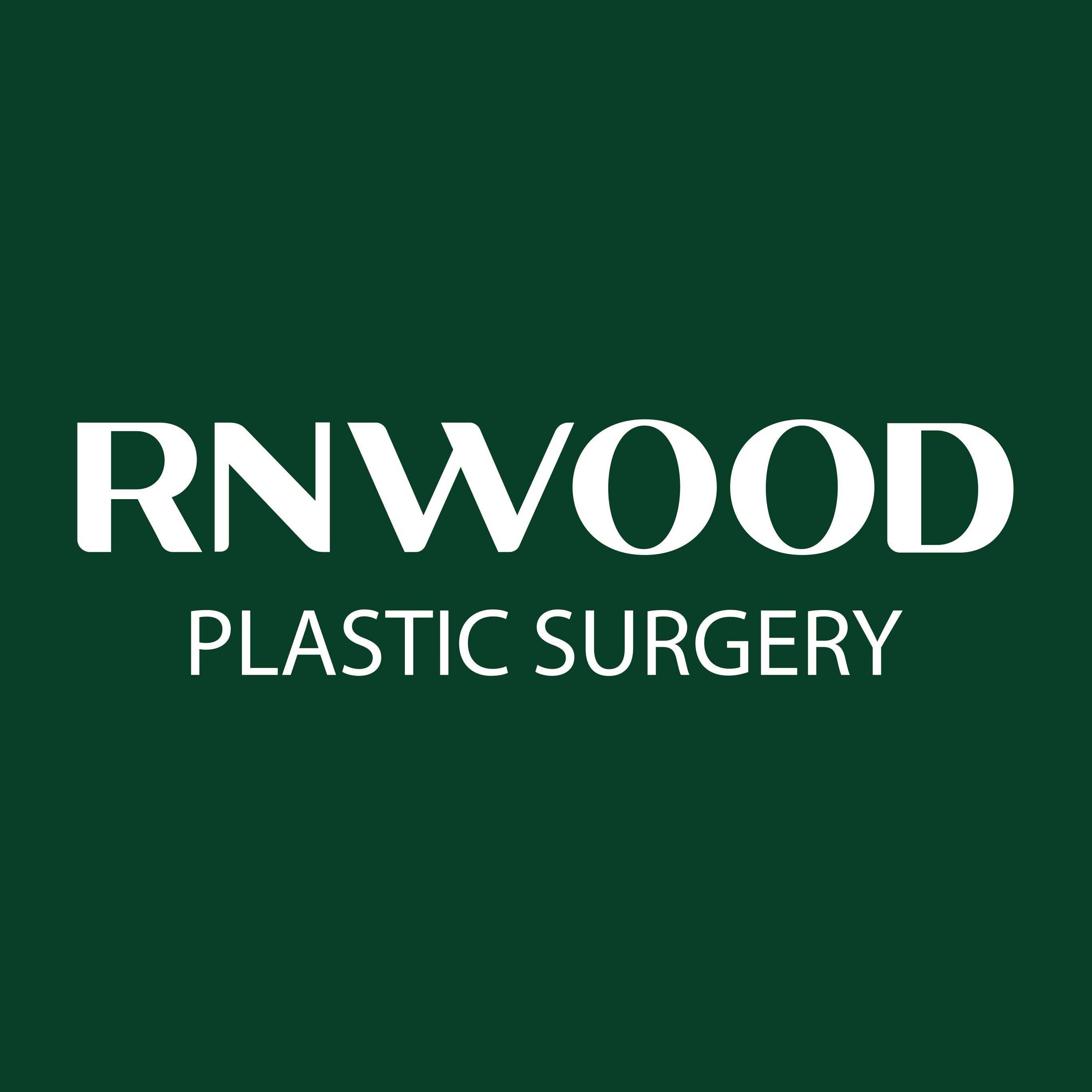

Share this listing